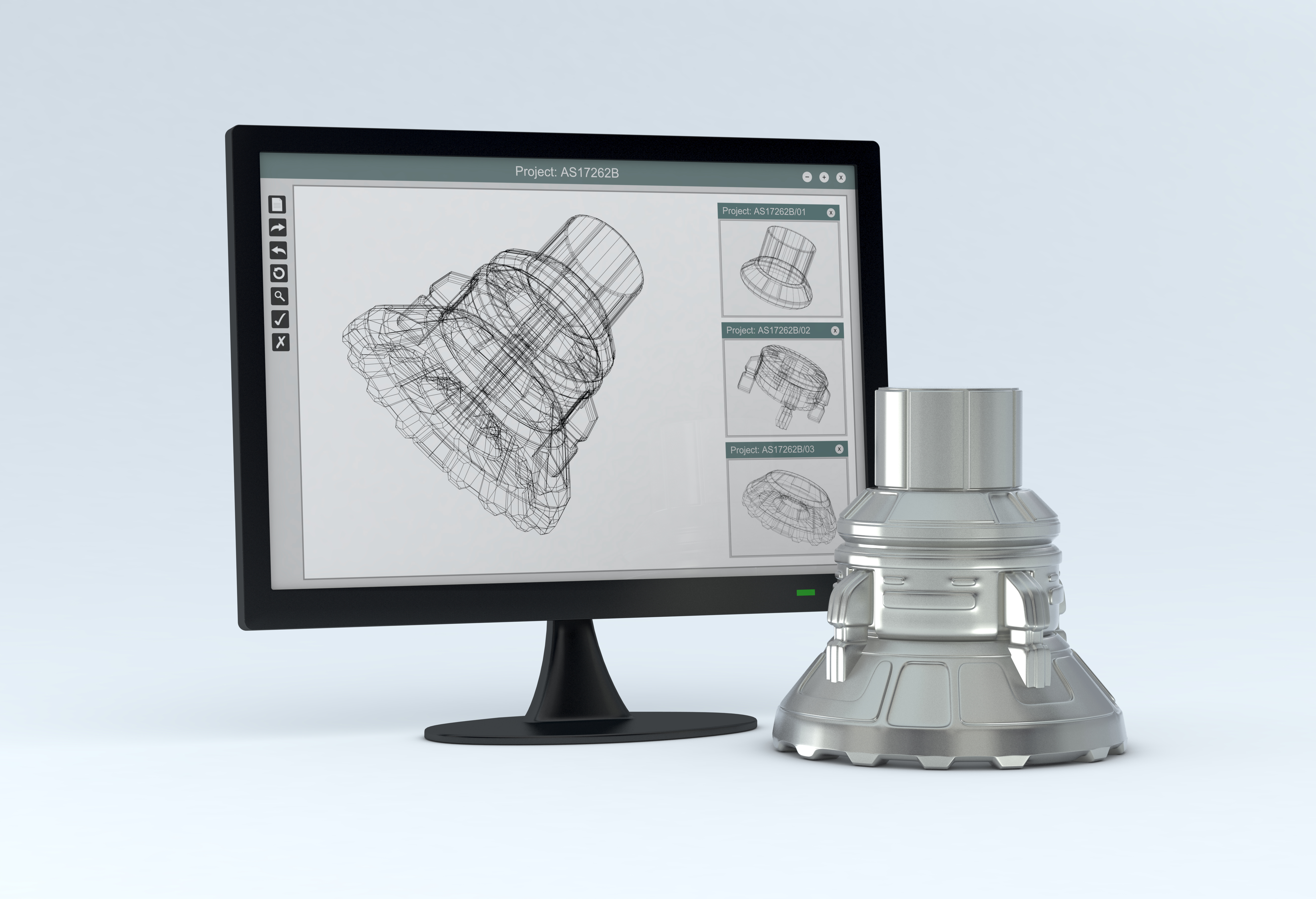Updated December 2025
Industrial drafters come up with the precise plans necessary to turn an engineering concept into an actual physical object. They play a key role in the production of everything from engine components and HVAC equipment to lighting fixtures and medical devices.
If you’re detail-oriented and enjoy thinking about how things go together, a career as an industrial drafter could be ideal.
But before you jump in, you need some more detailed info about this role. For instance, you should understand what exactly you would do, where you could work, and how much you could earn.
In this post, we cover all of that and more.
Here’s what you need to know to decide if industrial drafting is the right career choice for you.
WHAT DO INDUSTRIAL DRAFTERS ACTUALLY DO?
Industrial drafters take design ideas from engineers and turn them into detailed drawings and models.
Those drawings and models provide all the technical information needed for assembly and manufacturing.
While architectural drafters concentrate on building systems and structures, industrial drafters focus on machinery and related objects. They work on things like circuits, fasteners, gears, belt drives, and more.
Typical tasks for an industrial drafter include:
☑️ Interpreting initial concepts from engineers or clients
☑️ Producing detailed technical drawings and documentation
☑️ Creating 3D models
☑️ Adjusting or correcting existing drawings
☑️ Creating Bills of Materials
☑️ Identifying design problems and communicating them to the rest of the team
☑️ Making sure final designs meet customer requirements and company standards
WHAT ARE SOME CAREER OPTIONS IN INDUSTRIAL DRAFTING?
With training in industrial drafting, you can qualify for jobs like industrial drafting technician, computer-assisted design (CAD) technician, and mechanical draftsperson.
All of those titles refer to the same role: using specialized software to produce detailed drawings and schematics for manufacturing and construction purposes.
So who hires industrial drafters? You can find opportunities with:
☑️ Manufacturing companies
☑️ Engineering firms
☑️ Industrial design companies
☑️ Consulting firms
WHAT TRAINING DO YOU NEED TO BECOME AN INDUSTRIAL DRAFTER?
A college diploma in industrial drafting can get you started. It’s possible to earn one in less than two years.
A good program will teach you how to:
☑️ Interpret design specs
☑️ Take accurate measurements
☑️ Use drafting software to create exterior views, sectional views, 3D models, animated models, exploded assembly views, and more (AutoCAD training [link] is a major focus)
☑️ Follow established standards for dimensioning and notation
☑️ Specify the method of manufacture
☑️ Analyze and correct drawings
WHAT OTHER SKILLS DO EMPLOYERS LOOK FOR IN INDUSTRIAL DRAFTERS?
To get hired as an industrial drafter, you must have a solid grasp of AutoCAD software and manufacturing processes. But that isn't the end of the story.
Successful drafters have certain qualities and characteristics. Employers tend to look for candidates who demonstrate:
☑️ Good visualization skills
☑️ Keen attention to detail
☑️ Creativity in solving design and drafting challenges
☑️ Good communication and interpersonal skills
☑️ The ability to perform under pressure and stay on schedule
☑️ A proactive and positive attitude
HOW MUCH DO INDUSTRIAL DRAFTERS MAKE?
An industrial drafting career typically comes with a decent income.
Job Bank data shows that drafting technicians and technologists in Quebec make anywhere from $44,000 to $88,000 per year.
The median salary is about $62,000.
WHAT ARE SOME PROS AND CONS OF WORKING IN INDUSTRIAL DRAFTING?
Every job has its ups and downs. Before you decide to become an industrial drafter, you should be aware of both the benefits and the drawbacks.
Pros:
☑️ You get to delve into how physical objects are built.
☑️ You’ll likely work a standard 40-hour week.
☑️ It can be tremendously satisfying to see your projects go from early sketches to completed, concrete products.Cons:
☑️ You’ll spend long hours in front of a computer screen, which can be hard on your back, eyes, and wrists.
☑️ It can be difficult to maintain accuracy and meet tight deadlines.
WANT TO KICK-START YOUR INDUSTRIAL DRAFTING CAREER?
Looking for quality training that can help you launch your industrial drafting career as quickly as possible?
Check out the accelerated Industrial Drafting program from Herzing College. It’s only 18 months long, including a three-week internship. Through hands-on projects, students learn how to use AutoCAD to create a full range of professional technical drawings and documentation.
Our grads have landed jobs with Enerquin, Lumenwerx, Motion Composites, and other Montreal-area companies.
Still have questions? An admissions advisor can walk you through all the details of the program, including course schedules, application procedures, financial aid options, and more.
Click below to explore the Industrial Drafting program and chat live with an advisor. We’re here to help!







